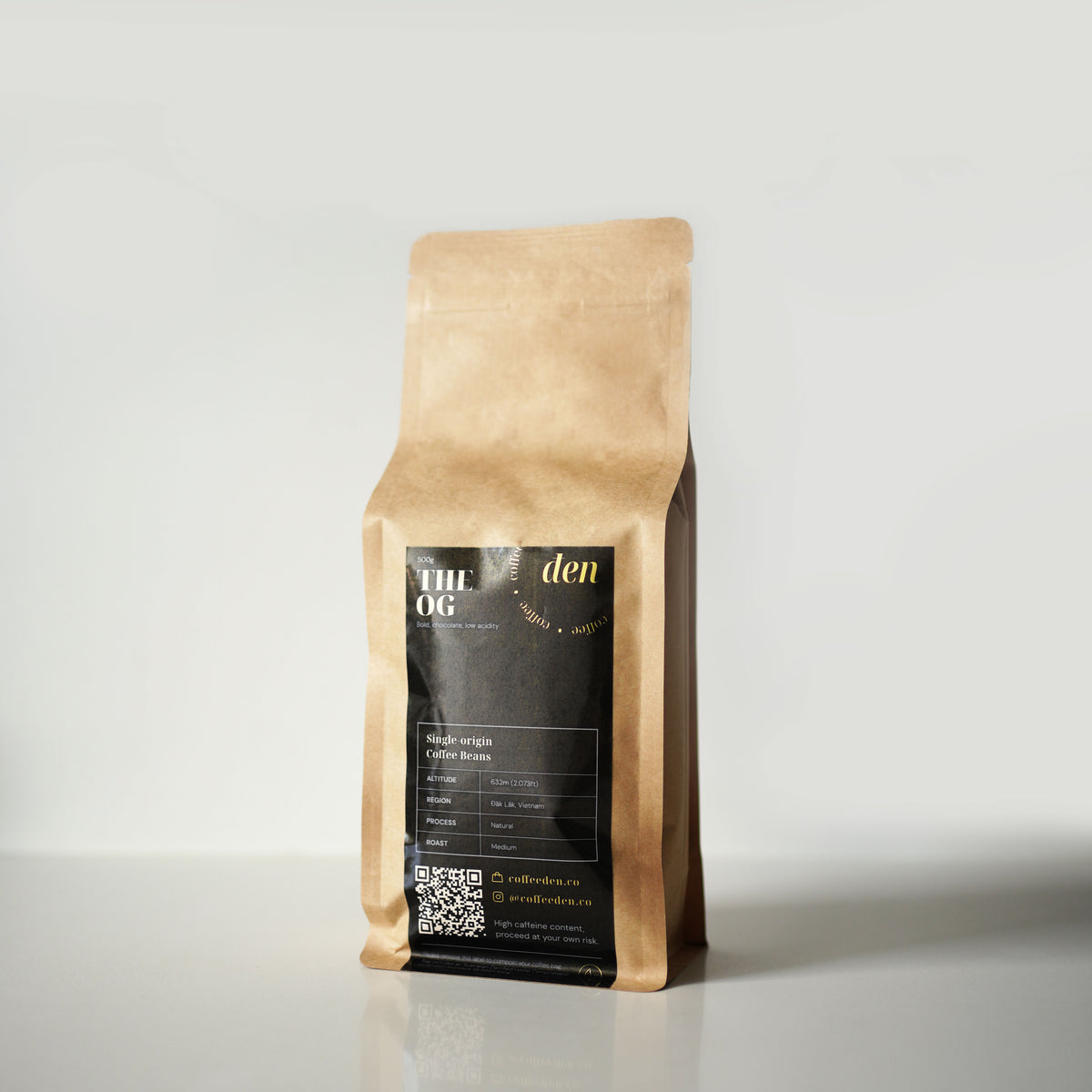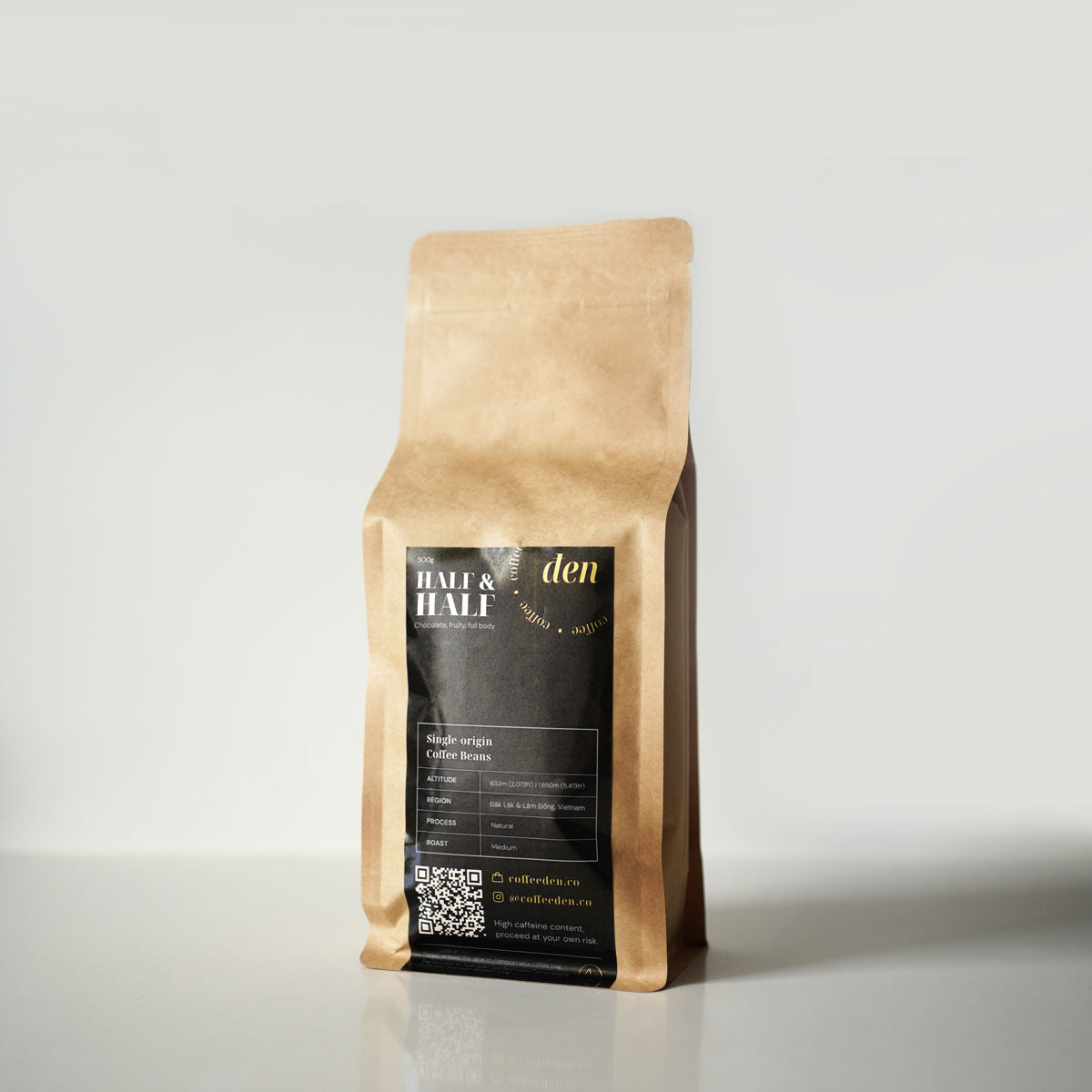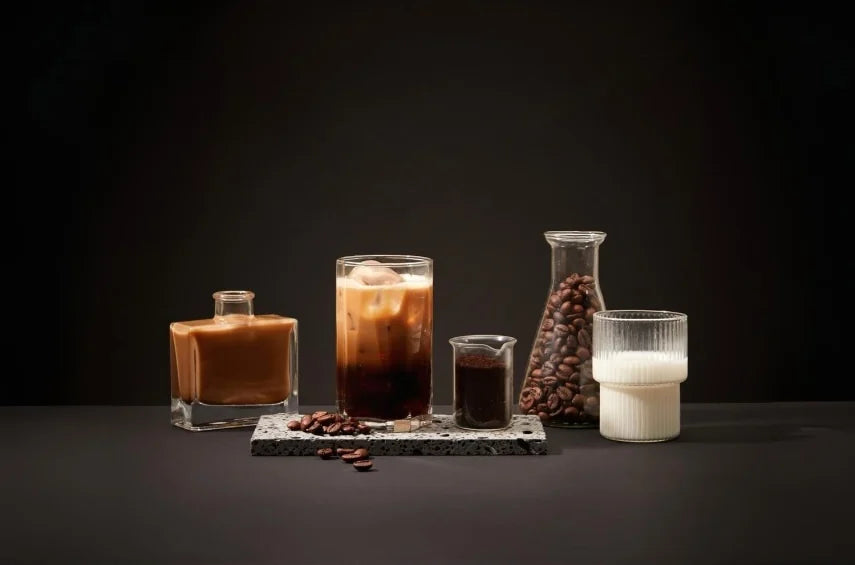Growing up in Vietnam meant being born in the land of coffee. It’s as if coffee has joined your genetic makeup at conception. Your forefathers have dealt with coffee long before you and have put their souls into it. They have tilled the ground you have yet to step on and have filled the air with roasted coffee beans you have yet to breathe. Everywhere you go in Vietnam, you can definitely smell it. The aroma hovers and takes its rightful place, whether it’s in the kitchen or in the streets. It was more than just a drink; it was an essential part of our daily lives and a social glue. There was something magical about watching every drop go from the filter to join the body of coffee it just made. The aroma hovers and takes its rightful place, whether it’s in the kitchen or in the streets. It was more than just a drink; it was an essential part of our daily lives and a social glue. There was something magical about watching every drop from the filter join the body of coffee it had just made.
Vietnamese coffee is a long journey, from beans to cup. From the misty Central Highlands, robusta trees grow on volcanic soil, their branches heavy with cherries nurtured by the region’s tropical climate. These beans are hardy, resilient, and full of character. Very much like the people who tend to them. When brewed properly, the robusta beans offer a smooth, chocolatey flavour, a nice lingering bitterness that just hits the spot.
![]() Coffee as a Sacred Ritual
Coffee as a Sacred Ritual
The Ê-đê People of Cư M’gar in Đắk Lắk, coffee is treated like a sacred ritual. Each step in the process of preparing it is calculated: the careful selection of sun-dried beans, slow roasting over low flames, and the measured pouring of water over the grounds in a phin filter. For them, coffee is a way of respect for the land, their ancestors, and each other. Visiting the Ê-đê coffee farm is like stepping into a museum of the living. The air is filled with the aroma of roasting beans, the rituals that have been repeated for generations, and the people themselves, moving around and carrying on.
While preserving traditional Vietnamese coffee, there’s always room for innovation in Vietnam. In Hanoi, an egg-yolk coffee emerged, a custard-like foam whipped into robusta beans with sugar, creating an indulgent drink that is rich and velvety. Almost like a dessert. Near the coast, coconut coffee offers a tropical twist. Specialty roasters have experimented even more with lighter roasts, fermentation techniques, and single-origin beans, and these experiments reveal flavours previously hidden in the robusta. With these new coffee inventions, the coffee tradition is preserved while taking the culture into the future, showing that tradition and creativity can coexist in harmony.
The Phin Filter
Another highlight that makes Vietnamese coffee unique is the phin filter. Phin is a small metal filter, sometimes ceramic (only reserved for the elites of the past), with tiny punctures that allow hot water and coarse robusta beans to turn into a cup of coffee. You cannot rush the drip. It’s called slow-drip for a reason. You have to go with its pace. Coarse robusta grounds are placed inside, hot water is poured over, and then gravity takes over. All you have to do is wait. Once the coffee is ready, add sweetened condensed milk to make an indulgent cup of Vietnamese coffee. Each sip is perfectly balanced between the earthy coffee and the sweetness of the milk, a nod to tradition, and a reminder that Vietnamese coffee is never rushed.
Street-side plastic stools were once a hallmark of Vietnamese coffee culture. Scattered along sidewalks, these stools invited students, workers, and friends to sit, chat, and enjoy coffee together. The low chairs, the clatter of scooters passing by, and the mix of aromas from roasted beans and sweetened condensed milk created a communal theatre of daily life. Over time, however, the culture has changed. While some places still use these iconic stools for seating, many cafés now offer deck chairs and more comfortable furniture.

Vietnamese coffee may have changed over time, but the soul of it stays the same. From the highlands to the city streets, from traditional phin filters to modern espresso machines, to experimenting with egg yolk or coconut, is a story of resilience, creativity, and heritage. For anyone who has grown up around it, or who has waited for that last drop before the first sip, you know exactly that it’s more than a drink. It’s a way of life. A shared heritage that continues to evolve while keeping its roots firmly in the soil of the Central Highlands.






